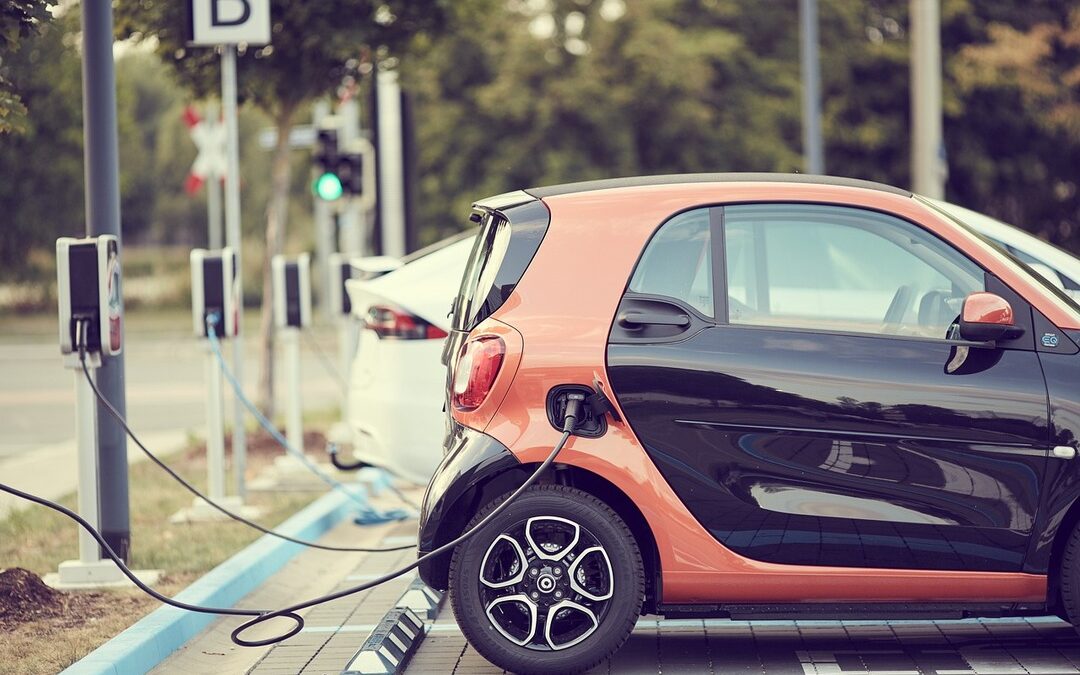Karnataka Tops List of EV Charging States: Bureau of Energy Efficiency
The government agency’s latest report revealed that Karnataka led the pack compared to states such as Maharashtra with 3,728 stations, Uttar Pradesh with 1,989 and Delhi with 1,941.
Karnataka has 5,765 public electric vehicle charging stations, making it the topmost state in terms of energizing infrastructure, according to the Bureau of Energy Efficiency.
The government agency’s latest report revealed that Karnataka led the pack compared to states such as Maharashtra with 3,728 stations, Uttar Pradesh with 1,989 and Delhi with 1,941.
“This achievement underscores the state’s strong commitment to advancing electric mobility,” said Energy Minister KJ George.
He added: “The strategic initiatives and policies implemented by the state reflect a concerted effort to build a robust EV infrastructure and promote sustainable transport.”
The state’s EV charging infrastructure has been funded under various initiatives, including the central government’s Faster Adoption and Manufacturing of Hybrid and Electric Vehicles scheme, Bangalore Electric Supply Co’s investments, green cess funds from the state transport department, and public-private partnerships.
Bengaluru Urban district holds nearly 85 percent of the state’s EV charging stations, and the city has about 4,462.
The state has been at the forefront of the electric mobility sector, becoming the first state in India to introduce an EV policy in 2017.
“Looking ahead, the government is set to develop model EV cities across Karnataka, a strategic move aimed at significantly boosting EV adoption and establishing a sustainable transportation framework for the future,” said Karnataka state’s energy department.
In February 2024, the state proposed the establishment of nearly 2,500 new EV charging stations across the state through a public-private partnership model. “Additionally, the government plans to invest Rs 35 in setting up 100 charging centers in collaboration with power supply companies, further supporting the growth and accessibility of EV infrastructure in Karnataka,” the statement said.
With a strategic blend of government initiatives, public-private partnerships, and investment in sustainable transport infrastructure, Karnataka exemplifies the potential for environmental innovation and sets a dynamic road map for other states to follow.
Nirmal Menon
Related posts

Subscribe
Error: Contact form not found.


